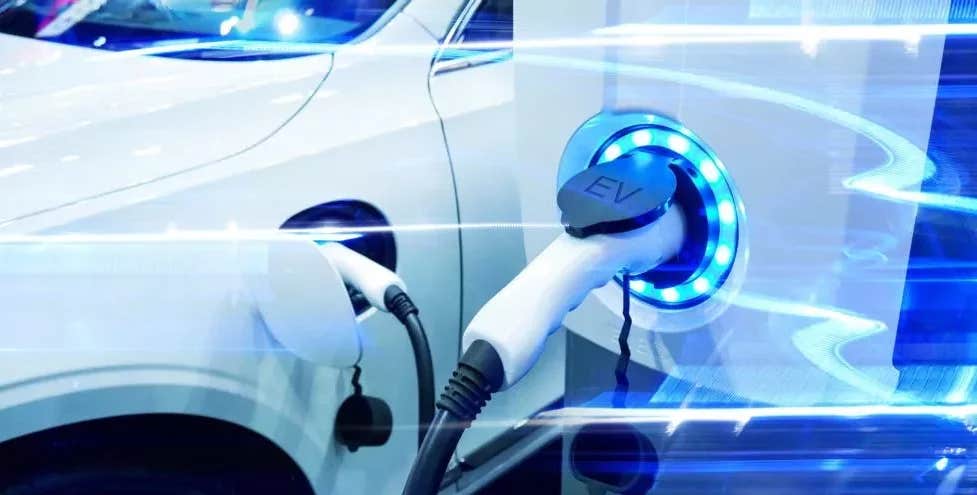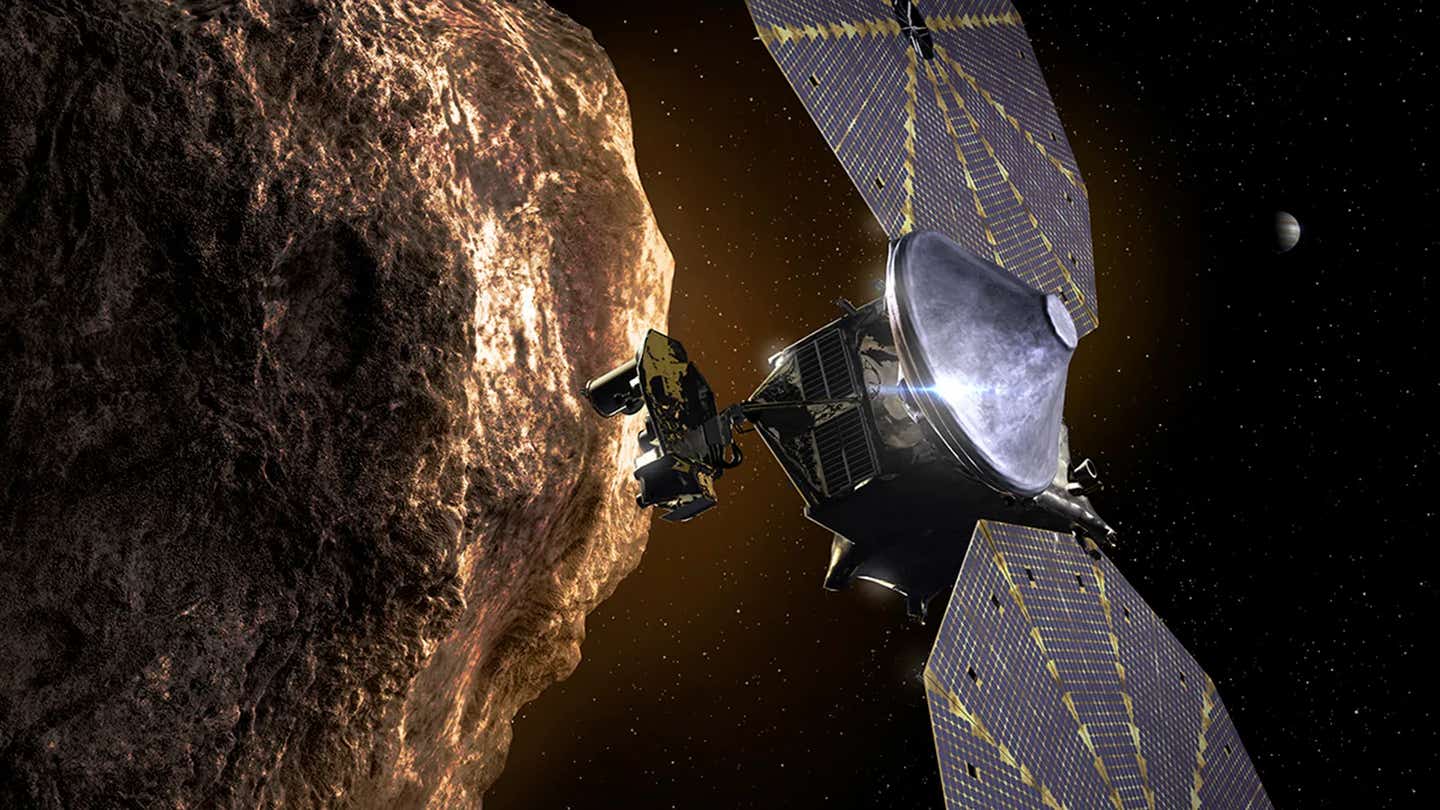Massive battery innovation could extend EV range to over 3,000 miles on a single charge
In the world of electric vehicles (EVs), a breakthrough in battery technology is set to significantly enhance energy storage capacity.

In the world of EVs, a significant leap has been made in battery technology, promising an unprecedented boost in energy storage capacities. (CREDIT: CC BY-SA 3.0)
In the fast-paced world of electric vehicles (EVs), a major breakthrough in battery technology is set to significantly enhance energy storage capacity. This development arrives at a crucial moment, as the EV industry is experiencing rapid growth, making it an ideal time for such a transformative advancement.
Researchers at Pohang University of Science & Technology (POSTECH) have introduced a revolutionary technique that can amplify the energy storage capacity of batteries by an astonishing tenfold. This leap forward not only propels battery technology to new heights but also has the potential to reshape the entire landscape of electric vehicles.
Understanding the Role of the Anode in Batteries
The key to understanding battery function lies in the anode, the component responsible for storing power during charging and then releasing it when the battery is in use. In most modern lithium batteries, graphite is the predominant material used for anodes.
However, materials like silicon offer much greater energy capacity than graphite, making them highly desirable for more efficient battery designs. The challenge, however, has always been in stabilizing a battery that uses a silicon anode. Silicon tends to expand during internal reactions within the battery, which can compromise its stability and safety.
A Breakthrough in Silicon Anode Technology
Professors Soojin Park and Youn Soo Kim of POSTECH, in collaboration with Professor Jaegeon Ryu of Sogang University, have developed a groundbreaking solution to this long-standing issue. They have engineered a special binding material that prevents a high-capacity silicon anode from expanding. The result is a lithium battery with ten times the capacity of those with graphite anodes.
Related Stories:
While POSTECH's achievement is remarkable, they are not the only ones in the global race to revolutionize battery technology. Numerous teams around the world are working on more sustainable and efficient solutions.
For example, a Chinese company has developed an EV battery that uses sodium, a material that is both affordable and widely available, as a viable alternative to the more expensive lithium.
Meanwhile, NASA is advancing solid-state battery technology, which promises to be both more compact and lightweight compared to traditional lithium batteries. Additionally, another researcher is exploring the creation of biodegradable batteries using crab shells.
Towards a Greener Future
The implications of these advancements in battery technology extend far beyond transportation. Efficient batteries are essential for optimizing cleaner energy sources, such as wind and solar power. Unlike fossil fuels, which can deliver energy on demand, renewable sources like solar and wind depend on weather conditions.
As a result, efficient storage solutions are crucial to capture energy during optimal conditions and supply it during less favorable times, such as at night or on windless days.
In the context of electric vehicles, more powerful batteries mean longer driving ranges. The ability to store more energy could make EVs as efficient, if not more so, than their gasoline-powered counterparts.
Reflecting on this significant achievement, Professor Park stated on the POSTECH website, “The research holds the potential to significantly increase the energy density of lithium-ion batteries through the incorporation of high-capacity anode materials, thereby extending the driving range of electric vehicles.” He also highlighted the transformative potential of silicon-based anodes, noting, “Silicon-based anode materials could potentially increase the driving range at least tenfold.”
As the world moves toward a greener future, it is clear that advances in battery technology will play a central role in this transition, driving the shift away from polluting energy sources. With these recent developments, that future seems closer than ever.
Note: Materials provided above by The Brighter Side of News. Content may be edited for style and length.
Like these kind of feel good stories? Get The Brighter Side of News' newsletter.
Joseph Shavit
Head Science News Writer | Communicating Innovation & Discovery
Based in Los Angeles, Joseph Shavit is an accomplished science journalist, head science news writer and co-founder at The Brighter Side of News, where he translates cutting-edge discoveries into compelling stories for a broad audience. With a strong background spanning science, business, product management, media leadership, and entrepreneurship, Joseph brings a unique perspective to science communication. His expertise allows him to uncover the intersection of technological advancements and market potential, shedding light on how groundbreaking research evolves into transformative products and industries.



